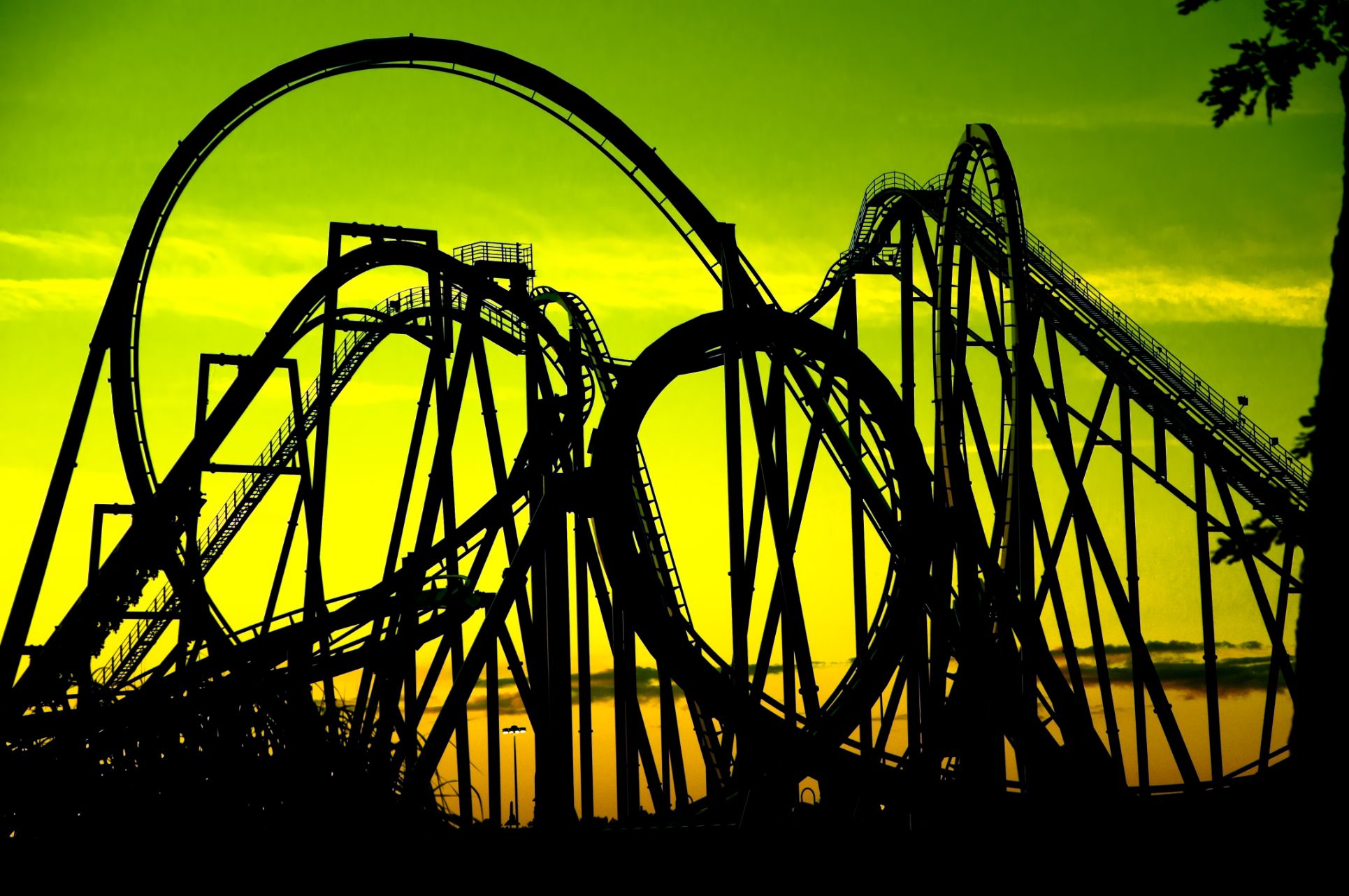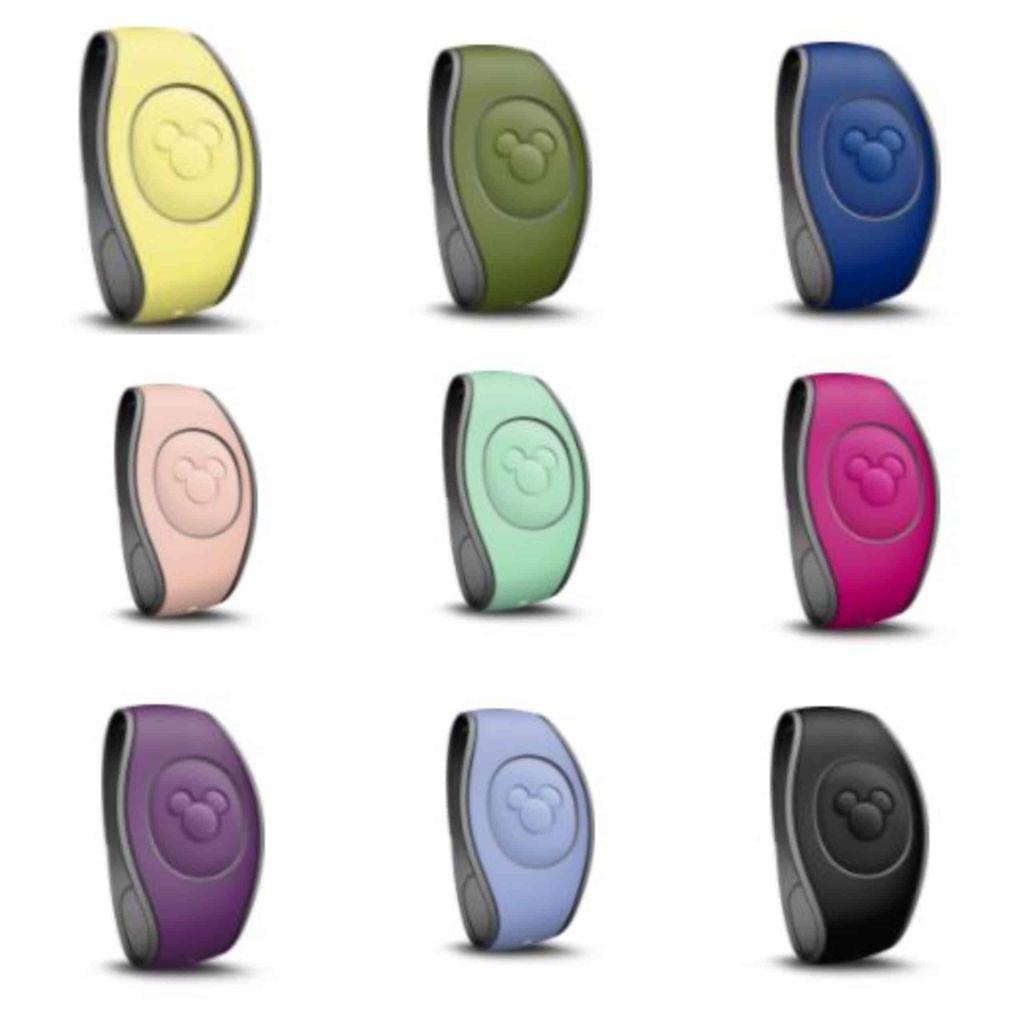Intelligent ride maintenance
In turn, this prolongs the working life of rides, it improves safety and compliance by supporting a more proactive and informed approach to ride testing and maintenance, and it enables more maintenance and repair work to be proactively scheduled for less busy times, improving park operations. It can even help inform future ride design, by collecting information on how the machinery performs over time.
Theme park rides are highly technical pieces of machinery, so it is hardly surprising that the same IoT-enabled processes being harnessed to such great effect in manufacturing and industrial settings are also at play here. IoT sensorsembedded in theme park rides can collect and transmit a stream of valuable data pertaining to the ride’s performance, enabling managers, technicians and engineers to gain unparalleled insight into when the ride needs checking, repairing or upgrading.
Proximity marketing
Delivering a compelling and engaging visitor experience is a crucial challenge for all theme parks. The IoT can help, by setting up beacons throughout the park which send signals to visitors’ phones in specific locations and at particular times.
What kind of signals? They could pertain to rides and events, directing visitors to new attractions or one-off installations that they might not otherwise be aware of. They can respond to queue levels and visitor numbers in different areas of the park, directing visitors to rides with shorter queues and ultimately better managing the flow of guests around the space. They can offer special deals and promotions at shops or restaurants, helping to boost cross and up-selling opportunities throughout the park.
There are even opportunities for managers to create truly innovative guest experiences, marrying tools such as augmented reality with the IoT in order to offer virtual tours, specific promotions and even games to play whilst waiting in ride queues.
Ultimately, the IoT offers a breadth of ways for theme parks to improve the visitor experience, ramp up engagement and interaction and position themselves as attractions of choice – which visitors want to return to repeatedly.
Intelligent ticketing
Disney, perhaps the biggest name in theme parks, is using the IoT to amazing effect with its MagicBands. These wearable wristbands, used in conjunction with RFID tags and radio frequency technology throughout Disney’s parks, act as a substitute for paper tickets and grant the wearer admission to rides and fast-track queues based on the account information associated with the device. The bands can be used as a payment method in restaurants and shops throughout the park and are also integrated with the photographers in place throughout the park. Should a visitor wish to purchase a copy of a photo taken of them, rather than being handed a separate card with an access code, they can tap their MagicBand on the photographer’s handheld device, and their photos are automatically synced with the MagicBands app.
And of course, because MagicBands track their wearers’ location wherever they are tapped, they are also invaluable in managing that crucial task of any theme park – finding lost children!

